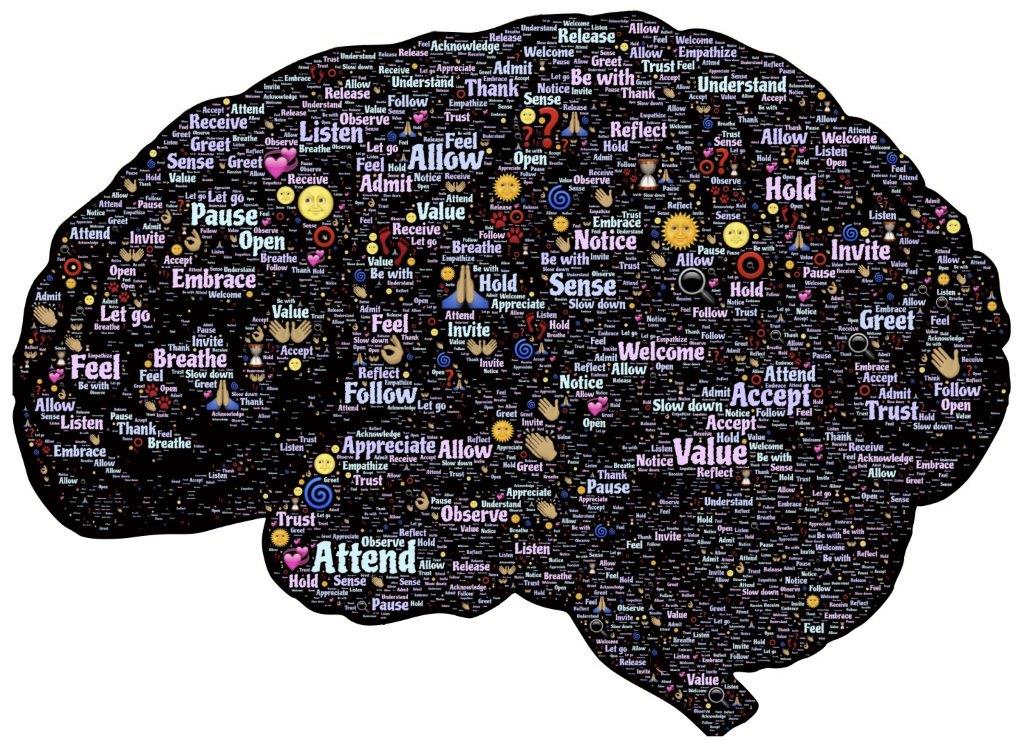
 Understanding the Consumer’s Brain
Understanding the Consumer’s Brain
In concept, free weight training is a very simple practice. You lift your weights, you wait a while, and you do it again. You improve over time and eventually you are stronger and bigger than you were before. When you strip it down it’s really quite simple isn’t it? The problem is things don’t always go as smoothly as the above description would imply. You’re tired, your muscles hurt, and you want to give up… As in weight training, the field of consumer behavior has traditionally borrowed from the behavioral sciences–particularly cognitive psychology–in developing models of consumer decision processes. Consumer, users and viewers get tired, get frustrated and want to quit when the road to content gets tough. Neuromarketing is an emerging field that bridges the study of consumer behavior with neuroscience. Like the very simple practice stated above, marketing research methods have aimed to explain and predict the effectiveness of advertising campaigns.
The Science of High Growth through Transmedia Marketing
The combination of neuro and marketing implies the merging of two fields of study (neuroscience and marketing). For decades, marketing research methods have aimed to explain and predict the effectiveness of advertising campaigns. For the most part, however, conventional techniques have failed miserably. Since emotions are strong mediators of how consumers process messages, understanding and modeling cognitive responses to selling messages has always been a methodological challenge.
Recent studies into cognitive science, Neuromarketing and buyer behavior have uncovered a wealth of information that has powerful implications for social media marketing. In addition, technology now allows firms to measure and incrementally improve the effectiveness of their marketing program. MMG brings these insights and tools to you — so you can grow faster. Thought Leadership Marketing is a term that has come into its own in the past few years.
Whether you need better visibility, a more credible brand, or a media platform for your thought leadership, we’ll assist you with science and clarity. Thought leadership is the lifeblood of any sound content marketing strategy. BUT, the thoughts you’re leading with need to address actual customer cognitive behavior.
The goal of thought leadership marketing is not to create sales heavy content. The first thing you should do is identify the questions your target audience, and current customers are asking—and build your thought leadership marketing strategies around the answers to those questions and the behavior they demonstrate. Consider how people search for things online. When you have a question about something, there’s a good chance you’ll type it into Google, right?
By identifying the questions and strings of words your customers type into search engines—you can create your Transmedia content in a manner that will answer those questions. To get started, ask yourself the types of problems your products and services solve, and find the questions one would ask related to those problems. When your thought leadership transmedia marketing strategy is built on a foundation of customer questions, you must revisit these questions persistently.
Since the goal of your thought leadership transmedia marketing strategy is to create an entry point, it is the perfect opportunity to leverage the four pillars of your brand as well. Your Brand POV (Point Of View) needs to be chunked down into parts that can, in turn, be shared, quoted and commented on in multiple types of social media editorial venues. It’s important to remember to have a behavioral content-rich message that is of tangible interest to your target audience based on their questions they are searching for, rather than always the retelling of the attributes of your brand. To support these brand answers, If you’re not a household name in your industry, video testimonials on your site as well as across multiple social media platforms about exactly how you’ve made a difference will help build your brand stature. By creating an overarching theme for a new brand POV and marketing direction you will want to research questions people will want to know about your brand, such as is your brand relevant to their needs? These video testimonials are often able to add value by presenting the counterpoint argument to what is otherwise considered uncommon knowledge and position your brand against like or similar brands: think ‘Un-COLA’, since a thought leader is an individual or firm that is recognized as an authority in a specialized field and whose expertise is sought and often rewarded. Much of consumer research is devoted to studying the effect of brand associations on consumer preferences and how they manifest into brand memories. Brand memories can be defined as “everything that exists in the minds of customers with respect to a brand (e.g. thoughts, feelings, experiences, images, perceptions, beliefs and attitudes)”** this is the crossroad of the neural and cognitive sciences explored as part of thought leadership. In this area, psychologists and neural scientists examine how we perceive the world, acquire new information, retrieve memories, communicate and interact with others, and effect complex cognitive abilities such as creative problem solving. For example, in the Mental Processing of Advertisements, there are various studies that have been conducted to research the question of how consumers’ process and store the information presented in advertisements. Television commercials with scene durations lasting longer than 1.5 seconds have been shown to be more memorable one week later than scenes that last less than 1.5 seconds, and scenes that produce the quickest electrical response in the left frontal hemisphere have been shown to be more memorable as well. It has been suggested that the transfer of visual advertising inputs from short term memory to long term memory may take place in the left hemisphere and highly memorable ads can be created by producing the fastest responses in the left hemisphere.***
What Can We All Learn from Neuromarketing?
If neuroscience is considered to be in its infancy, neuro-marketing is clearly at an embryonic stage. Marketers are just awakening to the possibilities offered by unveiling the brain circuits involved in seeking, choosing, and buying a product.
Today’s corporate leaders must be potent pioneers — blazing new paths few would go down and having the courage to see them all the way through to the end.
The Psychology of Passing on Material*
•People pass on stuff that they think other members of the group will value
•“The more cohesive a group is, the more valuable the social approval or activity the members exchange with one another and the greater the average frequency of interaction of the members”
•Good content and social media are a match made in heaven
Neuromarketing is here to stay. And it will evolve, like humans and even brands do. Consumers like you may never see the difference in the messages that are refined or produced as a result of gaining a better understanding of our buying decision process.
At Multimedia Marketing, we’ve built our firm around a single idea: helping businesses grow faster and overcome problems. And we’re using the power of behavior research to discover which techniques generate faster growth and higher profits through thought leadership. Here is an example of what MMG can do for you and your organization:
- Help you define exactly how buyers (and buying) have changed in the last decade
- The habits your buyers are waiting for you to break
- Strategies for turning your expert reputation into new relationships – and new revenue
- Why it’s essential that you lead the conversation in your industry with the right answers
*George Homans
Founder of behavioral sociology and the social exchange theory
www.bloomgroup.com
© The Bloom Group.
**Keller K, Lehmann D. How do brands create value? Marketing Management
***Rossiter JR, Silberstein RB. Brain-imaging detection of visual scene encoding in long-term memory for TV commercials.

Recent Comments